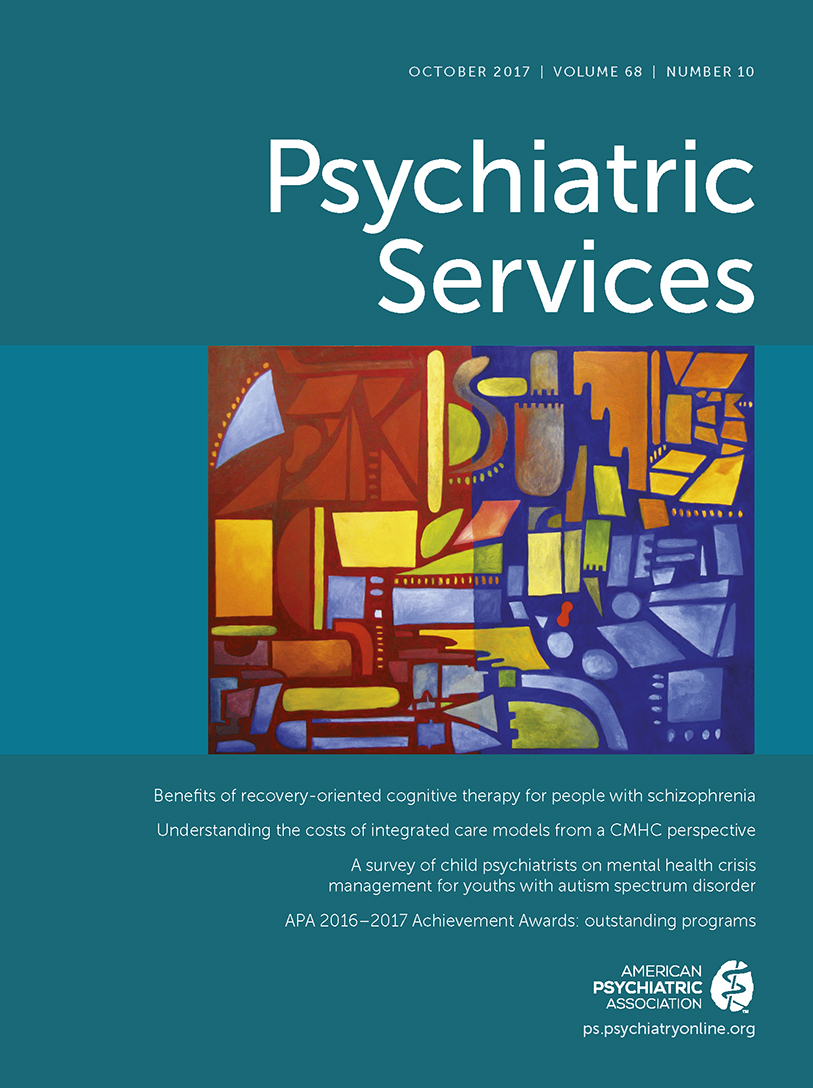Second-Generation Antipsychotic Prescribing Patterns for Pediatric Patients Enrolled in West Virginia Medicaid
Abstract
Objective:
The prescribing of second-generation antipsychotics for young people has increased dramatically. Studies have shown that children enrolled in Medicaid are more likely than those with private insurance to receive antipsychotics, leading many states to require prior authorization (PA) for their use. However, little is known about how PA programs affect prescribing patterns for antipsychotics or other psychotropic medications. This study examined a PA program for second-generation antipsychotic use for children under 18 in West Virginia Medicaid. Prescribing rates for antipsychotics and other psychotropic classes were assessed.
Methods:
Administrative claims from West Virginia Medicaid and the Children’s Health Insurance Program for September 2014 to July 2016 were examined (N=273,369 prescriptions) with an interrupted time-series design. Segmented linear regression was used to model both immediate effects and trends in prescribing rates before and after implementation of the PA program in August 2015.
Results:
After PA program implementation, the prescribing rate for second-generation antipsychotics immediately dropped by 17% from prior levels, adjusted for preexisting trends, and further declined in the following months. Prescribing rates for all second-generation antipsychotics except for aripiprazole decreased significantly. Benzodiazepine prescribing increased in the month after PA program implementation but immediately returned to prepolicy rates, and sustained compensatory prescribing was not observed for any psychotropic drug class.
Conclusions:
Implementation of a second-generation antipsychotic PA program for children under age 18 resulted in a significant decrease in the prescribing rate for this class of medication, without sustained compensatory prescribing of other psychotropic classes.



